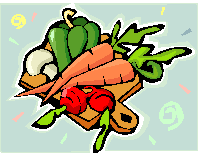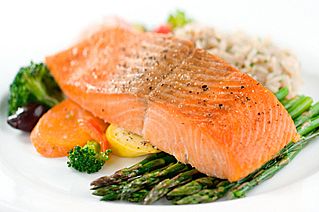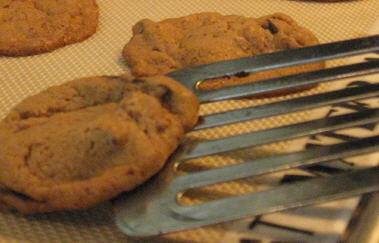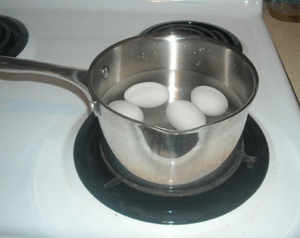Is it done yet?
It’s so frustratingly easy to undercook or overcook a steak. And fish can turn as dry as a bone in a flash. Using a food thermometer is the best way to tell when meat, poultry, and seafood are cooked perfectly. But a timer and some other tricks can also help gauge cooking times for those and other foods. Here are the temps, times, and other indicators that your dishes are done.
Steaks
Check The Color Browned surfaces show that the cooking reactions that create flavor have taken place. They also make a nice crust.
Give It A Poke Touch the top of the steak with your finger. Medium-rare will give a little, like touching the métier part of the palm of your hand; medium feels tighter.
Get The Right Temp When the steak is close to the way you like it, insert a thermometer to confirm that it’s done. Don’t overdo it, though; pricking repeatedly releases juices. Cook to 145°F for medium-rare, 160°F for medium, and 170°F for well done.
Vegetables

Time It Right When boiling or steaming veggies, start checking quick-cooking watery ones such as green beans for doneness after 3 to 4 minutes of cooking. Start checking starchier ones such as carrots after about 10 minutes. Cook them longer if necessary.
Take A Bite Vegetables should resist slightly when you bite them, like pasta.
Fish

Wait For Opaqueness For thinner fillets, cook until the outside color is opaque. For thicker cuts and steaks, insert a sharp, thin knife into the center to check whether it’s opaque.
Do The Juice Test Fish cooks quickly, so be sure to remove it from the heat before its juices collect into a white ball on top. If that happens, it’s likely to be as dry as toast.
Don’t Overheat Fish is done when it reaches 145°F.
Based goods

Check It Often If you’re trying a new recipe, play it safe and start checking 20 minutes early, then 10 minutes later, and so on. If you like your cookies chewy, take them out of the oven when they’re slightly underdone.
Prick It When a skewer or toothpick comes out clean, it means cakes, muffins, and quick breads are fully cooked. For brownies, a few clingy crumbs is OK.
Check For Springiness If the tops of cakes and muffins feel springy when they’re lightly pressed, it’s another sign of doneness. If you can see finger indentations, cook a bit longer.
Poultry
Take the Temp For whole birds, check different spots. Slide a thermometer into the innermost thigh and wing and the thickest part of the breast; it should reach 165°F. (For even cooking and safety, cook stuffing separately).
Don’t Do The Juice Test Some recipes say poultry is done when its juices run clear, but only the temp can tell you it’s safe to eat.
Let It Rest Give it 15 to 20 minutes to seal in juices.
Roasts
Cook With A Food Thermometer Poke it into the thickest part of the roast. The thermometer should not touch bone, fat, or gristle. Stop cooking beef, lamb, pork, and veal when it registers 145°F.
Wait Before Slicing A roast should sit for 3 minutes or more before you slice it; that helps seal in juices.
Boiled eggs

Let Them Sit To prevent a green ring from forming around the York, bring large eggs to a boil in a full pot of water. Turn off the heat, cover the pan, and let eggs sit in the water for 12 minutes. Then drain.

